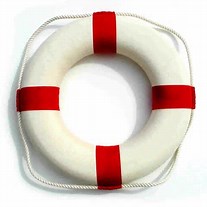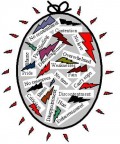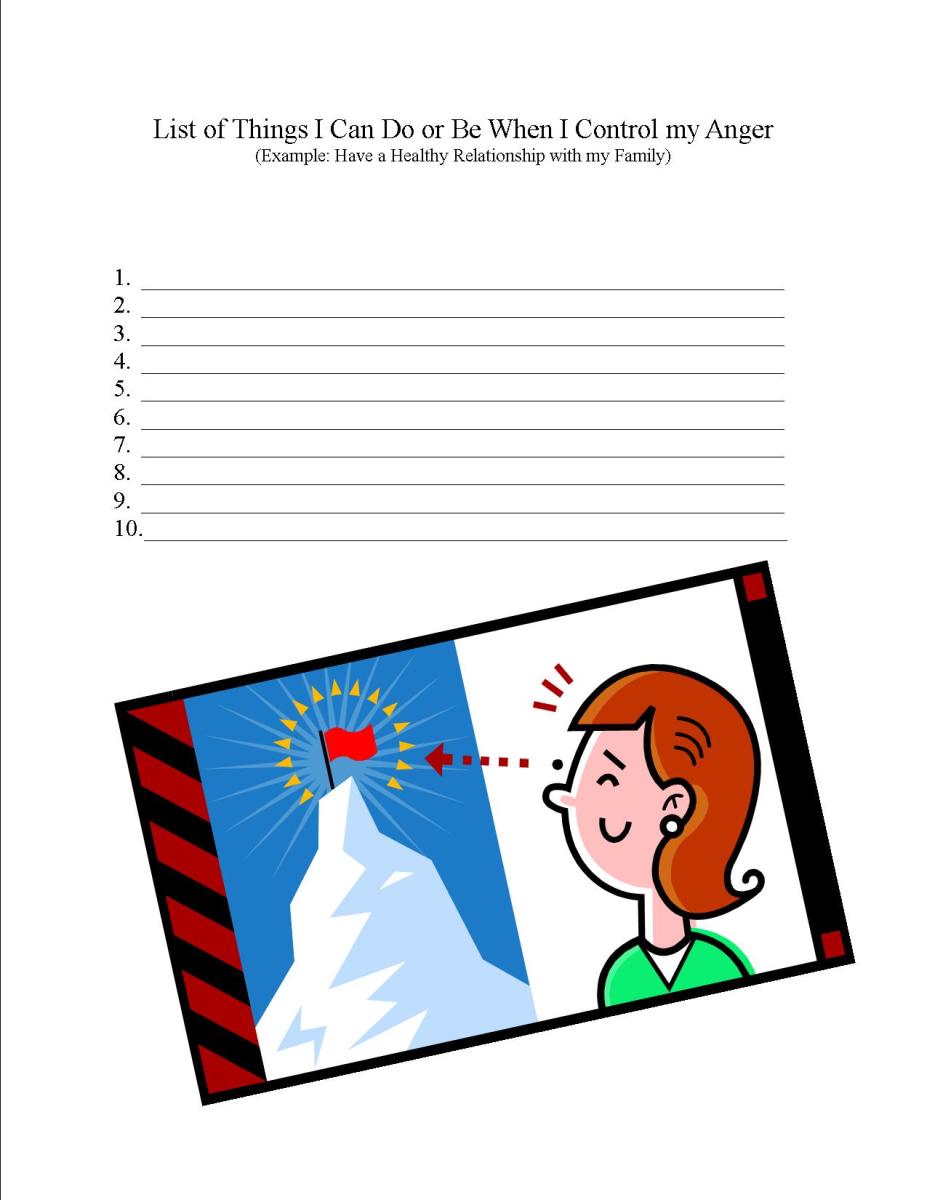Rage, Anger and PTSD
In The Depths of PTSD, Anger and Rage Resides
Intertwined in the depths of PTSD and other Anxiety Disorder, lies emotions like Rage and Anger. Seemingly not connected, when someone who suffers from PTSD “goes off the deep end,” it can cause some pretty intense moments for those who near someone who is displaying such emotions.
In many situations, spontaneous rage or anger is displayed inappropriately. Additionally, emotions that are being displayed in conjunction are often exaggerated and brings the rage to heightened levels as well. Even such small things as a bar of soap being left on the ledge of a sink or cabinet can cause someone who suffers from PTSD, and anger management issues, to “Fly off the handle,” and go into an “out of control” display of aggression.

Saved By My Wife, Saved From Myself
I can speak to this, because I suffer from a very complex form of PTSD, for which I am currently getting counseling and treatment for; and I have had years of situations that were blown into disproportionate tantrums or “fits” of rage. I think it was first addressed by my first wife and then more in detail with my second marriage; and the interactions I had with my family members, in that marriage.
I used to get angry at someone merely leaving a bar of soap on the ledge of the sink, in the bathroom, and want to aggressively approach that person. It did not matter if it was time appropriate, it did not matter who was around, or who I embarrassed; all of these consideration were not even thought of or about. I was mad, and I wanted the world to know it!
Thank Goodness that my second wife was a bit more patient with me, than my first. She started noticing a pattern with me and my raging anger, and knew from experience that at times it became very dangerous and very physically injurious to anyone who got in my way. I knew no ends when someone got in my way, or tried to intervene in my raging, with one exception; her and her alone.
That is correct, she was my “Fail-safe,” my panic button and “emergency shut off switch.” If I saw she was getting involved, with trying to settle me down or to defuse the situation by getting my target out of view. She would jump into action and isolate me into a quiet zone, and start talking me down.
Heaven forbid, anyone else would try to intervene. They would suffer the same consequences as the person who angered me, and would suffer with added penalty, thrown in on top, just for “sticking their nose, where it did not belong!” Then I would return to my first assault on the person who upset me, over the bar of soap.
Like so many spouses, my wife wanted to help me and be supportive of me. At times she wanted so much to maintain her standing with me, not just as my wife, but as my “stop switch,” she would side with me, just to allow the other person to escape, until I calmed down with her help and realize I was not acting appropriately. I was lucky, to have been able to spend those nine years with her.
Do You Believe?
Do you believe that by establishing fresh boundaries, and sticking to them, can enhance your relationship?
After Finding Help Through Counseling, Outside the VA
After spending many years learning how to cope with my anger and how to become my own “stop switch,” (again thank goodness for my second wife), I finally started getting help through a mental health specialist whom is now my “go to person,” for regulating my life and emotions.
One day, I was acting out in a different way and my actions were brought to my attention; as being continuously interruptive, intrusive, and inappropriate. I was being told that I had some distorted “Boundaries” and that I had to learn that consequences were now being put into place, to make me feel the pains of violating those boundaries.
So, I left my therapists office and my leaving was not a happy departure, as I had become accustomed to experiencing. I was mad as hell; at my therapist, no less! She was my foundation, my “rock,” my “stop switch,” my confidant, and I trusted her! How dare she, make me feel like I was being compromised?
The next meeting with her, furthered the anger and discomfort levels, in our conversations; but somehow I knew that she was right, and we pushed through the session.
At the end of that session, she urged me to get a book called “Boundaries” written by “Dr. Henry Cloud & Dr. John Townsend. I was still upset with her, so for a short time, I declined to buy the book; so she bought it for me and shoved in my hands.
Now, I am not here to review any books; but, I did read it cover to cover, repeatedly and the messages I took away from the book, brought me back to the pages within it, to reference progress and points that I was stuck on, regarding my realization that my boundaries and sense of boundaries (not to mention respect for boundaries of others), were so distorted and so out of tune with reality, that I had to make some choices, and fast!
Trauma and Boundaries
Did you know that most Trauma Victims, especially Victims of Multiple Traumas, often come away with distorted Boundaries and Self Image?
- Most Trauma Victims, have a low self esteem issues that often distort personal boundaries, both their own, and those of others?
- Knowing how to re-establish boundaries, can greatly enhance healing
- Control issues, are often signs of PTSD that often cross personal boundaries and cause relationship problems
- Low Self Image, is a sign of issues that relate to disrespectful crossing of boundaries without regard or acknowledgement of consequences of such violations, which occur against others
Learning About Personal Boudaries
Another thing I am learning, is that Anger and Rage is a reaction, to primary emotions; and not an emotion in the basic level of emotions, but instead a secondary emotion. Wow! I never realized that! Okay, I know it may sound confusing but give me some latitude here, to allow me to explain a bit more of what I learned.
Here we go! We all have a huge range of emotions. These emotions are broken into various levels, which we govern our outward display of those emotions. Before we become mad, sad, angry, and other emotions which bring physical actions towards being displayed, we have primary emotions, which trigger those secondary emotions, mentioned above.
We often feel hurt, compromised, happy, threatened, minimized, confused, and sad. Maybe not in that order, but none the less, we process these emotions and then move them towards the secondary emotions to allow us to act out what we are feeling, openly for all to view and to tell others “where we are” in terms of our feelings and thus displaying our emotions.
Okay, to recap a little. Boundaries are a border line, which each of us live within. We regulate who crosses those borders and what is acceptable within those borders. If someone violates what we feel is not appropriate and/or acceptable, our feelings are then asked to participate.
Depending on the emotional level of participation (i.e.… sadness, hurt, pain, compromised, happy, threatened, etc…), we display a response of anger, rage, weeping, withdraw, isolation, laughter, and the list goes on, to tell the people around us where we are and whether they have either been allowed to stay in our borders, or be exiled until they change towards more appropriate behavior.
If our telling those violators of their breaching of our Boundaries, and they become upset; we have to realize it is not our responsibility to govern the feelings of others and they have to suffer consequences of isolation, until they decide to conform to our wishes, or leave until they are.
The Point here Is this (and maybe it will help some in the area of their anger and rage); As my therapist put it to me, if we can take a moment and realize what the primary emotions are, we can often govern our response, and thus curb some of the anger displayed outwardly, by owning our feelings and emotions. By governing our secondary emotions, we can change the outward displayed emotions that are negative to our lives and surroundings; thus bringing respect and integrity to our boundaries.
Being Mindful of Our Feelings, Is Being Respectful To Our Boundaries
In relation to PTSD, and its symptoms and the related effects on our lives, which are anxiety based, we, as patients of mental health professionals (or should be), we are told to be mindful of the present. To focus on our breathing and our surroundings, to reassure ourselves that we are safe and that we are not being subjected to the terror, or trauma that brought us to suffer from the PTSD, aftermath that we find ourselves.
As in our Anxiety attacks, or panic attacks, we have to be “talked down.” So too, do we need to be “talked down” from our anger and moments of rage, and become mindful of the present. By either having someone talk us down, or our own “self-talk,” we slow down and alter the effects of the adrenaline which is being mass produced in our systems, which allows us to rationalize what is going on and secure our boundaries or borders. The same is true about anger and rage!
Since there are times that we become over-whelmed, at our surroundings and the events that are near us, we also have to be mindful that we are not in danger, or that no danger had actually been encountered or will be encountered. This is an all too difficult task at times, I know.
By taking a moment to reflect, when we start feeling our “blood boil over” and owning our emotions, we can enable ourselves to see if the it is responsible of us to act out aggressively, or find a better way of dealing with a violation of our boundaries or borders, whichever way you wish to hold the theory or premise.
I will freely admit, that I am one who has a very violent anger, and am often finding myself having to use these thoughts of process, while being “mindful” of what has occurred and what the rules of my boundaries are, to see if the actions I could possibly take be measured appropriately or not. Then I can often times stop the trends towards raging.
I will assure you that it is okay to be angry and to admit that your feelings are hurt. In fact, in my experiences, admitting that your feelings are hurt, is a lot less costly than just raging and taking a chance of the other PTSD symptoms being thrown on top, causing unneeded harm to others.
“Just saying!”







